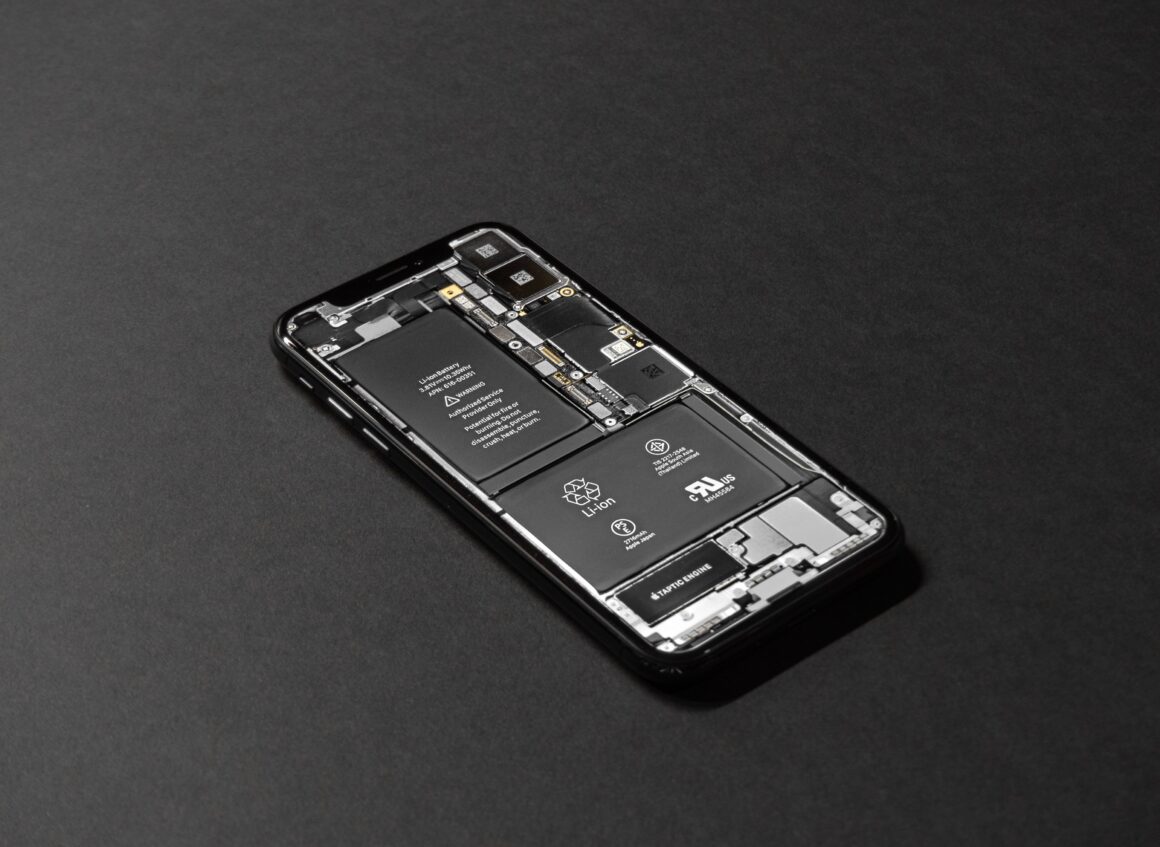The iPhone 14 Pro and iPhone 14 Pro Max have longer battery lives thanks to the A16 Bionic chipset. With the more efficient A17 processor built on a 3nm technology, Apple hopes to further improve this on the iPhone 15 Pro. This shift may represent a major innovation for Apple.
The collaboration between Apple and TSMC will continue for the foreseeable future. The latter is planning to begin producing silicon using a 3nm process by 2023, which will be a significant improvement over the 4nm technique it has been using up until then. The premium iPhone 15 models will benefit from Apple’s A17 Bionic, which is built on a significantly more compact construction method. Mark Liu, CEO of TSMC, has revealed that the next Apple custom SoC offers 35 percent higher efficiency than the A16. To provide some context, the efficiency of the Apple iPhone processor from this year was a maximum of 20% at best. Whether or whether this really improves battery life has to be seen.
The A17 is speculated to improve on the A16’s performance in both the CPU and graphics departments, despite neither being specifically acknowledged. Meanwhile, Apple might work to enhance the chip’s machine learning capabilities. It has also been reported that the Cupertino company would not be replacing Qualcomm’s modem with a new, proprietary design. As Apple continues to distinguish between its normal and pro iPhones, the A17 Bionic will only be included in the iPhone 15 Pro and Pro Max. The A16 Bionic is an improvement over the A15 and is being used on the iPhone 15 (Plus).
Apple is reportedly developing a larger iPhone called the Ultra to replace the Pro Max. The rumor mill has it that it sports a titanium body and a periscopic lens on the camera. In addition, if combined with a more powerful and efficient processor, it might achieve unprecedented battery life.
